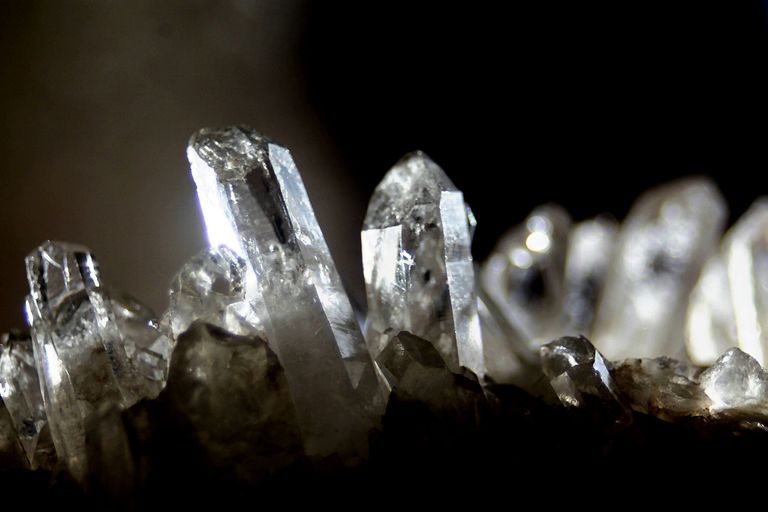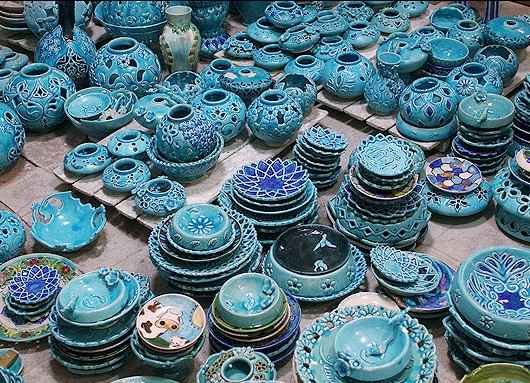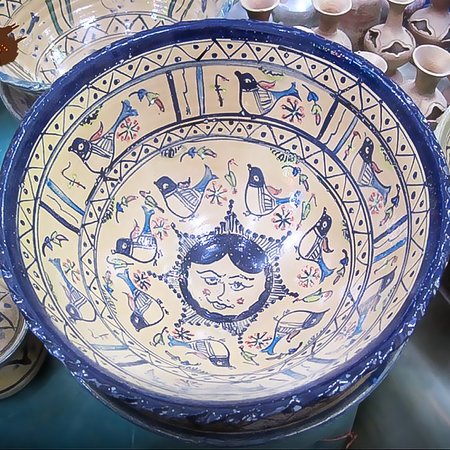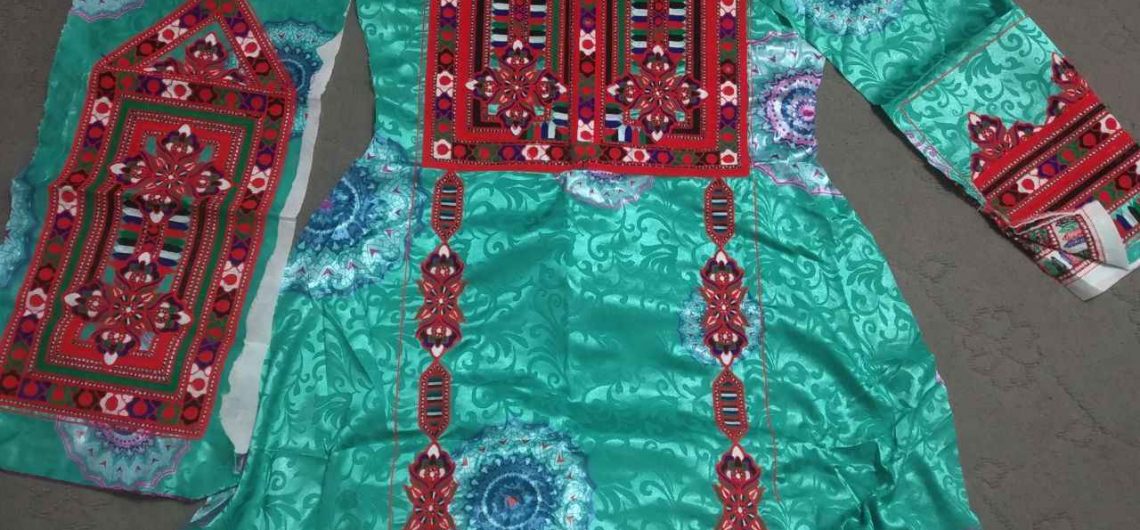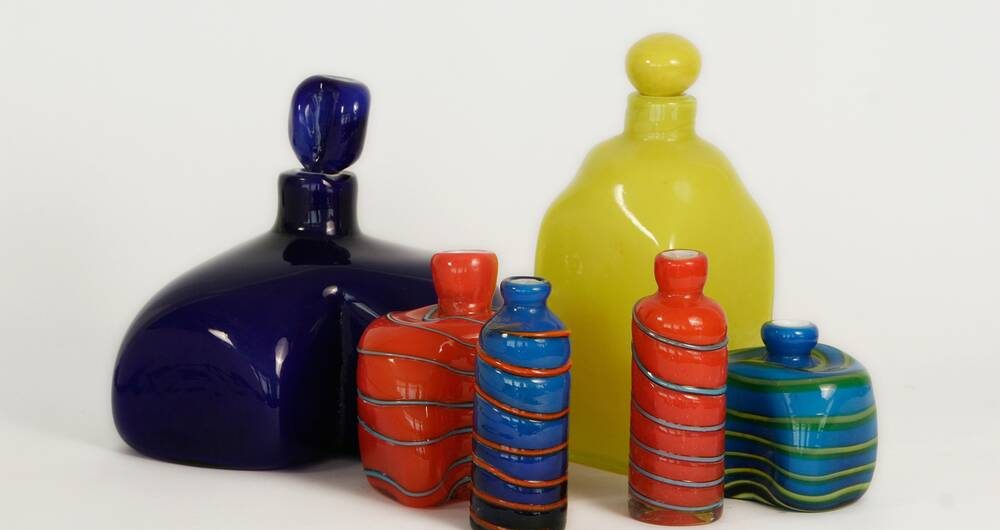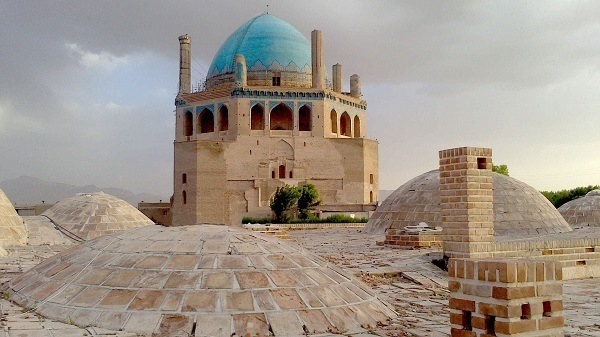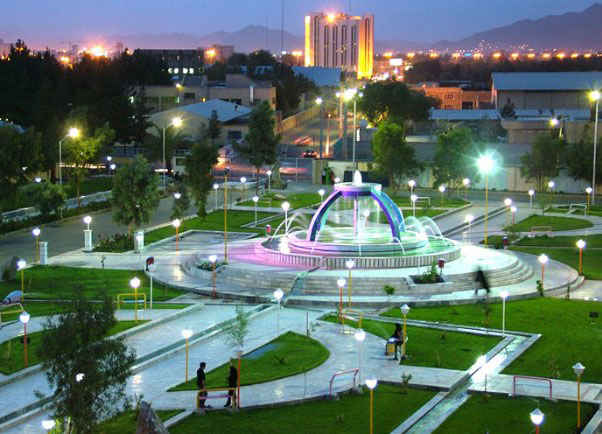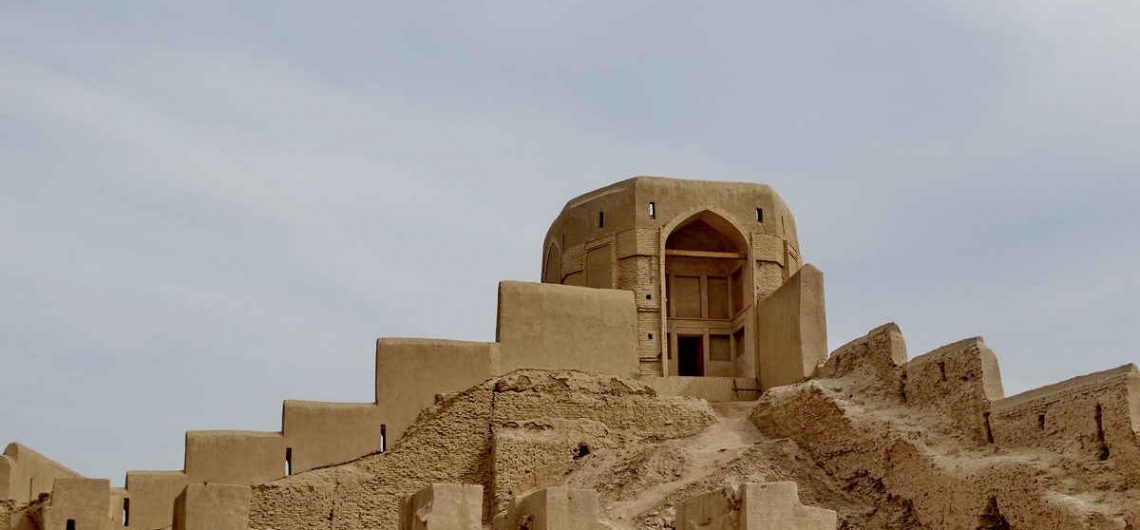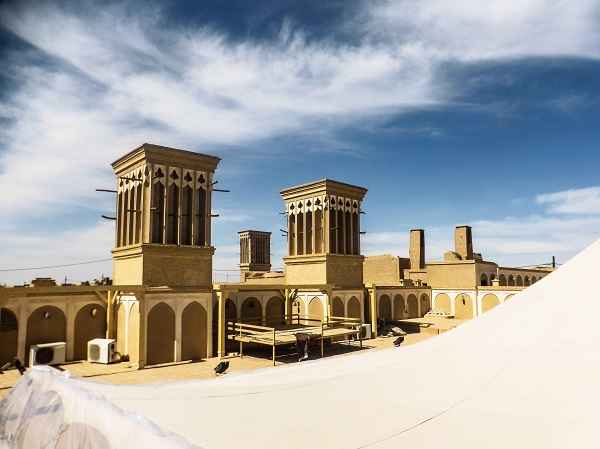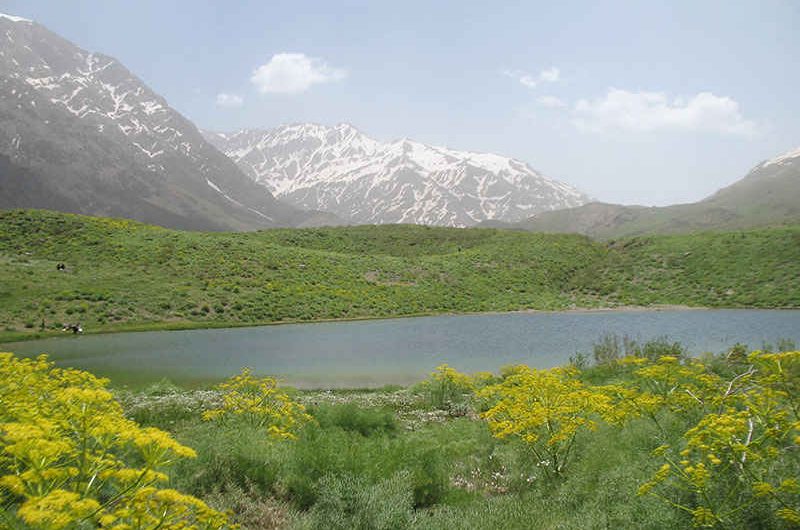Zonouz pottery Zonouz is a city in the eastern Azerbaijan province, near the central district of Marand. In this city there is a kaolin mine that provides the necessary material for the production of ceramics. When kaolin was scarce and the technology to make tools was only available in China, the land of Zonouz was used as an alternative. A piece of ceramic consists of two parts, the first is the body, and the other is the coating of the body that decorates the objects and makes them resistant to water, called enamel. The body of the ceramic is made of different materials available in each region. Mainly in Zonouz, kaolin is mined from the Bilolukh Mountains. After the objects are created, the potters display them in the open air and then paint them with a brush. After being painted and dried, they are dipped in white glaze and the ceramic remains white after firing. White enamel is the most common type of enamel and also serves as the basis for other types of enamels that are prepared from a mixture of tin, lead, glass powder, and baking soda. In this region, the type of production is quite wide, in fact there are: beautiful sets of plates, vases, chandeliers, ashtrays, tea sets, frames, saucers, bowls and statues of animals such as deer, horses, sheep and camels.
Zonouz pottery
Zonouz is a city in the eastern Azerbaijan province, near the central district of Marand. In this city there is a kaolin mine that provides the necessary material for the production of ceramics.
When kaolin was scarce and the technology to make tools was only available in China, the land of Zonouz was used as an alternative. A piece of ceramic consists of two parts, the first is the body, and the other is the coating of the body that decorates the objects and makes them resistant to water, called enamel. The body of the ceramic is made of different materials available in each region. Mainly in Zonouz, kaolin is mined from the Bilolukh Mountains.
After the objects are created, the potters display them in the open air and then paint them with a brush. After being painted and dried, they are dipped in white glaze and the ceramic remains white after firing. White enamel is the most common type of enamel and also serves as the basis for other types of enamels that are prepared from a mixture of tin, lead, glass powder, and baking soda.
In this region, the type of production is quite wide, in fact there are: beautiful sets of plates, vases, chandeliers, ashtrays, tea sets, frames, saucers, bowls and statues of animals such as deer, horses, sheep and camels.


